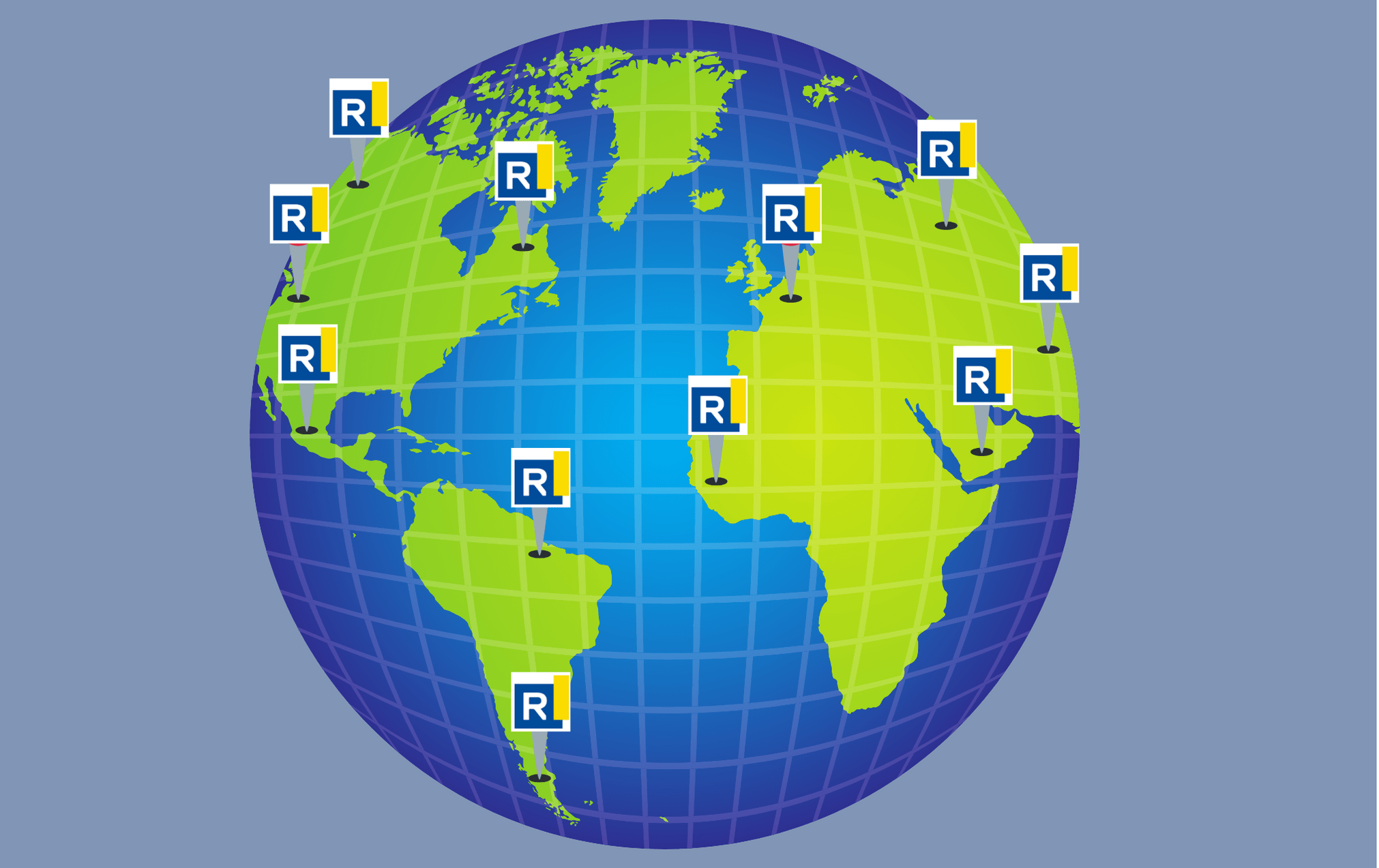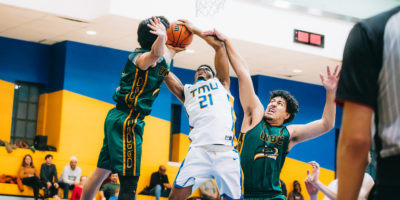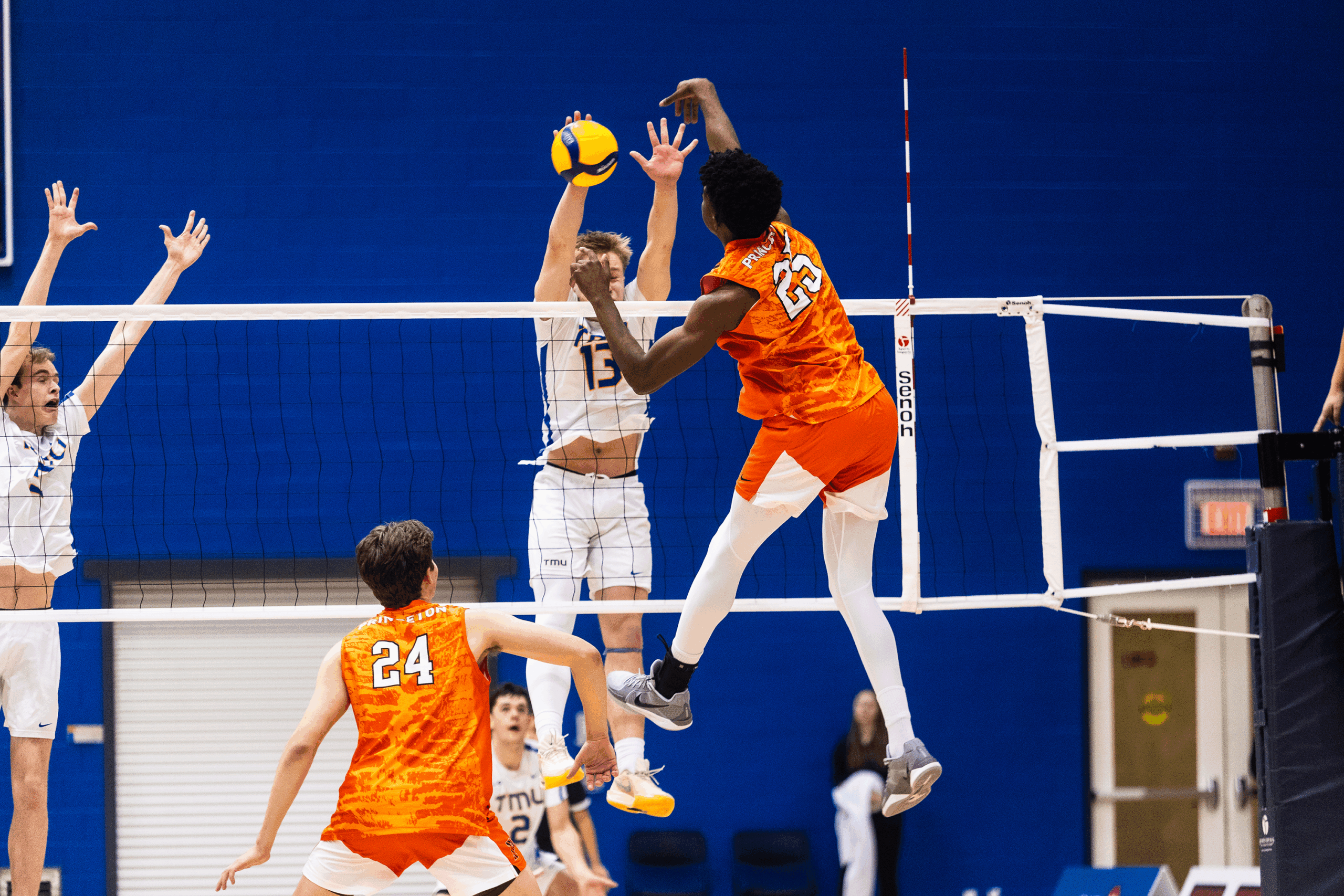By Kayla Zhu
A proposed partnership between Ryerson University and an international education provider has faculty, staff and students divided.
Navitas is an Australian-owned education provider that specializes in international student recruitment and partnership programs. They mainly work with universities to increase their international student population and create alternative programs specifically for international students who apply to a university.
The proposed partnership relates to Ryerson’s internationalization strategy, which was released in October. The university aims to increase international student enrollment to 15 per cent by 2023, from the current 7.2 per cent. A partnership with Navitas is one of the ways that Ryerson can work towards this goal.
The pathways program
The proposed terms of the agreement would have Navitas recruit 25 per cent of international students and collaborate with Ryerson to create a new “pathways” program. This would be equivalent to first year, so instead of applying for first year, they would apply to the pathways program. And if they complete the program, they move on to the second year.
The target demographic for the program would be international students who are otherwise inadmissible for Ryerson’s degree programs due to missing language requirements.
The pathways program would be equivalent to the first year of undergraduate studies and would have ten courses, taught by Ryerson faculty members, spanning three semesters. After successfully completing the pathways program, students would go directly to second year.
According to Navitas, 91 per cent of their students completed the pathways program and 92 per cent of students progressed to degree programs. There are currently 39,500 Navitas students worldwide.
Faculty members from the G. Raymond Chang School of Continuing Education would be hired to teach the pathways program courses.
Pathways courses would be four hours long with an hour allocated for English language and academic support.
Ryerson would have complete control over academic quality and admissions standards, and the pathways program would mirror Ryerson’s academic policies, according to the Ryerson Navitas webpage.
Navitas works with 37 universities across 11 countries. Two Canadian universities, Simon Fraser University and the University of Manitoba, currently have partnerships with Navitas.
From the community
The Navitas planning committee hosted on-campus town halls Feb. 13 and Feb. 27 to give students, faculty and staff an opportunity to ask questions and share comments.
David Begg, the interim director of Ryerson’s English as an Additional Language (REAL) Institute said there is “still a lot to learn” about the partnership, but believes the greater picture of internationalization would benefit the wide Ryerson community.
“Finding ways to meaningfully incorporate international students into discussion, into the classroom experience, into the extracurricular experience at the university is incredibly important,” said Begg. “Not just for their own wellbeing and success, but as opportunities for students across the institution to learn more about the world around them.”
Begg believes that Ryerson as an institution should be “intentional” in providing opportunities for domestic and international students to “come into meaningful contact with each other.”
For Nicole Brayiannis, president of the Continuing Education Students’ Association of Ryerson (CESAR), the messaging of internationalization around the Navitas partnership has been “misconstrued.”
“When they talked about internationalization during the early consultation stages of the Academic Plan, it was more so focused on doing international research or different study aspects in the academia realm,” said Brayiannis. “It was not so much about increasing the number of international students that they have on campus so that they can have a better revenue source.”
They say there is a misconception of international students coming from wealthy families which is “oftentimes not the case.”
Between the “outrageously high tuition fees,” work visa restrictions and ineligibility for Career Boost positions, Brayiannis said the financial barriers for international students are significant.
“To be introducing another program that further looks to utilize international students as essentially profit-driving resources for the university is extremely concerning and problematic, in terms of the ways that we value our international students,” they said.
Lefika Baloyi, a second-year financial mathematics international student from Botswana, initially saw the strategy to increase the international student population as a way to make up for the tuition cuts implemented by the provincial government.
After he read and thought more about the partnership, he said that—as an international student—he is always “more than welcome to having more international students.”
“I feel like it will help students who wouldn’t normally get the chance to come to a university like this or to come to the [developed nations] to do education, simply because there is a language barrier or a financial barrier or something of that sort,” said Baloyi. “So, I’m all for it.”
When Long Nguyen, a second-year computer science student from Vietnam, heard about the Navitas program, he said it sounded similar to other English language programs he considered when applying for universities, like George Brown’s School of English as a Second Language or York University’s Destination York program.
“It’s already happening in other schools, so what Ryerson is trying to do is catching up,” said Nguyen.
Nguyen believes that Ryerson is already “pretty successful in what they’re trying to do” in regards to international outreach. He said Ryerson was one of the only schools who went to Vietnam to recruit students.
“Ryerson is already very diverse, compared to other universities like University of Toronto or York, who are diverse but focus on only one kind of student,” said Nguyen. “It seems like [Ryerson] already has influence worldwide.”
Challenges of an international student
Kaitlyn Taylor-Asquini, the director at Student Life and Learning Support, said international students face various challenges in their transition to life in Canada. This includes finding a community, language barriers, access to financial support and familiarizing themselves with the Canadian higher education landscape.
Students have to learn “ how to learn in a different classroom culture than what they are familiar with,” said Taylor-Asquini.
Some support that Student Life and Learning Support offer include educating students on certain Canadian processes and responsibilities like the immigration processes, health care in Canada and tax filing in Canada.
“While we anticipate that we’ll see an increase in the number of students using our program, we’re committed to expanding the scope of our programming to ensure all students feel welcome and supported,” said Taylor-Asquini.
Brayiannis said that international students face different cultural experiences and language barriers that can be “very difficult and challenging” to navigate in a space where they don’t have the same kind of familial support that domestic students have.
“With the Navitas program, it seems like students will be segregated into this program rather than integrated into the full university experience,” said Brayiannis. “It could serve to further isolate students in their experience here in trying to navigate in addition to a new school, but also a new country and a new culture.”











Leave a Reply